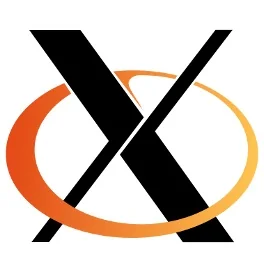Introducing The Cairo Gallium3D State Tracker

Like the other state trackers with accelerating OpenGL, OpenGL ES, OpenVG, OpenCL, and other APIs on the GPU hardware in a rather neutral way using the Gallium3D driver architecture, Igor aims to do this for Cairo too. Nearly all Linux users should be familiar with Cairo, but for the non-technical users it's a 2D vector graphics API that's found uses within GTK+, by Mozilla within the Gecko web layout engine, Mono and the Moonlight projects, WebKit also uses Cairo, and many other projects use it in some form as well.
Besides directly supporting X, Cairo supports multiple back-ends, including OpenGL and OpenVG, so it can be accelerated indirectly atop the hardware already using the other state trackers, but the Cairo state tracker would accelerate it without any middle layer.
Igor Trindade Oliveira is hoping this state tracker for Cairo will make things go significantly faster, particularly with the more advanced operations. Igor's current code-base of this Cairo-Gallium3D work can be found at FreeDesktop.org. So far Igor's state tracker is a few hundred lines of code that has initial implementations for Cairo paths and painting, but obviously the work has just begun.
Right now it also looks like he's just focusing on making it work with the Softpipe driver, but not any of the hardware drivers yet or even the interesting LLVMpipe.
While his first blog post is a bit lax on details, it can be found here.
In other news related to the X.Org GSoC happenings this summer, Tom Stellard who has been working on the R300 GLSL improvements has just pushed a new branch of his code that enables hardware loops and branching for ATI R500 (Radeon X1000) graphics cards. Information regarding this branch can be found on mesa-dev.
8 Comments

